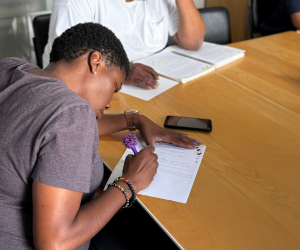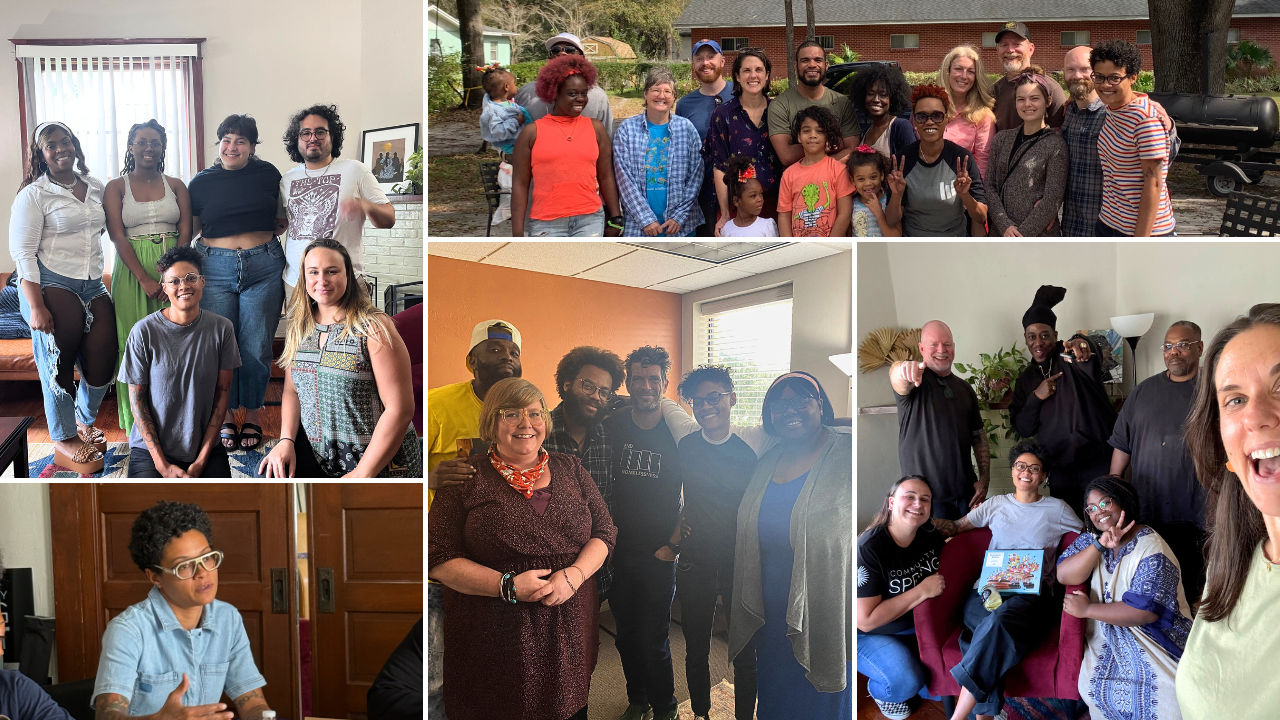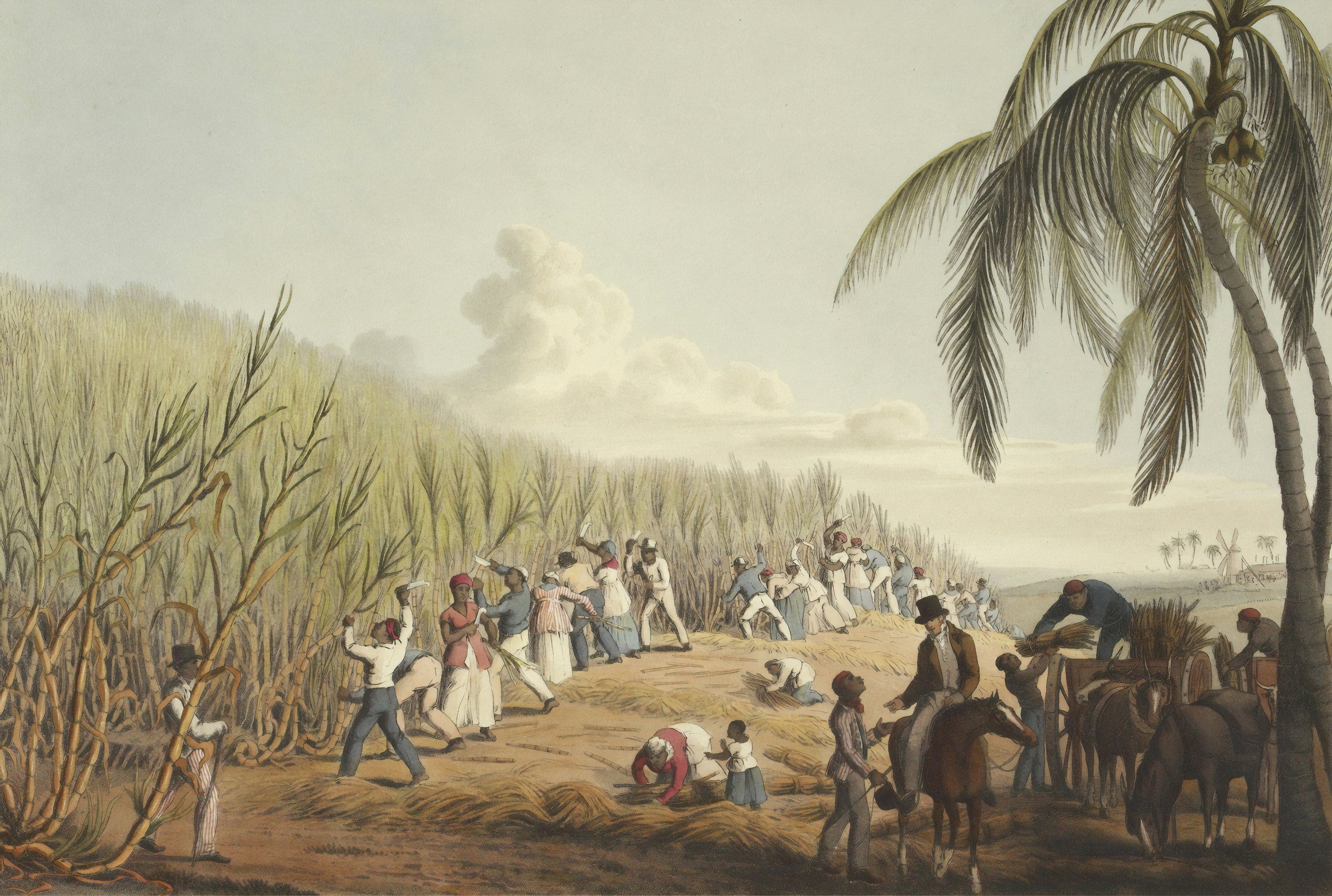
Community Spring Insights

A New Spring: How Community Spring Changed My Life
My name is Leigh Scott, and a little while ago, I began a journey that fundamentally changed my life: I became a Fellow at Community Spring. It wasn’t just another line on my résumé; it was a profound period of growth, learning, and genuine empowerment…

Building Power from Pain: Community Spring’s Fellowship
Kelly Lynch didn't just survive her experiences with addiction, incarceration, and loss—she turned them into her power. From burying her mother's beer bottles as a child to serving time in jail while pregnant, her journey was a relentless fight for a different life. But it was a small, crumpled piece of paper that led her to Community Spring and a new kind of healing.
In our latest blog post, "Building Power from Pain," Kelly shares her story of finding worth and purpose in the very experiences that once held her down. Her journey transformed her from addiction and incarceration to the person now overseeing our Systems Change Fellowship. Discover how her story of resilience became a blueprint for others, proving that you're not defined by your past, you're built by it.

Community Spring Storyteller Spotlight: Shelly Seymour
Through our storytelling workshops we invite justice-impacted community members to join us to work on various writing projects. Here’s a piece from one of our storytellers, Shelly Seymour.
Shelly Seymour is an authentic person filled with love and excited to do her part in making the world a better place. She wrote this piece during one of our storytelling workshops, where she expressed the powerful feelings and emotions of incarceration. She wants everyone to experience life vividly and honestly with open hearts to change for the better.

Complexity, Community, and Change: Five Years with Community Spring
From our first days, Wolf has been a key part of Community Spring. As our former Director of Narrative Change, she's not only changed how we tell our story but has also been greatly changed by her time with us. Her five-year journey shows the strong, two-way bond between people who care and the causes they support.

Freedom from the Inside Out: The Silent Revolution
Officer: “When I call your name, step out for court… Irving!”
Today is my court date. The day I hoped would bring my freedom — a return to my family, my purpose, my life.
A week earlier, I’d been pulled over for not wearing a seatbelt on my way to work. A University of Florida officer ran my name, saw my license was suspended, and…

Community Spring Storyteller Spotlight: Bobby King
Through our storytelling workshops we invite justice-impacted community members to join us to work on various writing projects. Here’s a piece from one of our storytellers, Bobby King.
Bobby King is a local community member. He wrote this piece to express a sense of care for communities facing challenges that he has faced in the past, and in some instances, challenges he is currently facing. He wants justice impacted folks to know that they’re never alone and that there’s someone who cares deeply about them.

Nobody Should Be Too Poor to Be Free: Why Guaranteed Income Works and HB 1193 Limits Freedom
At Community Spring, we believe no one should be too poor to be free. That’s why we launched Just Income, a guaranteed income program for people returning from incarceration. The results speak for themselves: a 31% drop in recidivism, better mental health, and more economic stability.
Now, Florida lawmakers are trying to ban government-funded guaranteed income programs through HB 1193. This bill isn’t about budgeting. It’s about power and control, pushed by special interests that have long worked against economic freedom.
Guaranteed income works. We’ve seen it. And we won’t stop fighting for the dignity and stability it brings.

Saying Goodbye to Gerald: The Meaning Behind Just Income’s Mascot
In 2022, Community Spring launched Just Income, a guaranteed income program for people coming home from prison. At that time, we made a Sandhill Crane logo for the program and named it Gerald. Here’s why. This is Gerald’s story.

Tackling the Legacy of Slavery with Guaranteed Income
“Why does everything have to be about race?” “Why do you people always have to bring up slavery when there is a problem with Black people?”
These are statements I have often heard whether through conversations with peers or through online platforms. So, why do we often bring up racism and slavery when talking about problems that Black people face? Well, it’s simple…

Introducing Just Community: Narratives That Build Community Power
Over the past five years, Community Spring has grown from an initial concept into a robust organization built on two fundamental pillars: Income and Power. Each pillar represents a distinct approach to creating systemic change…
